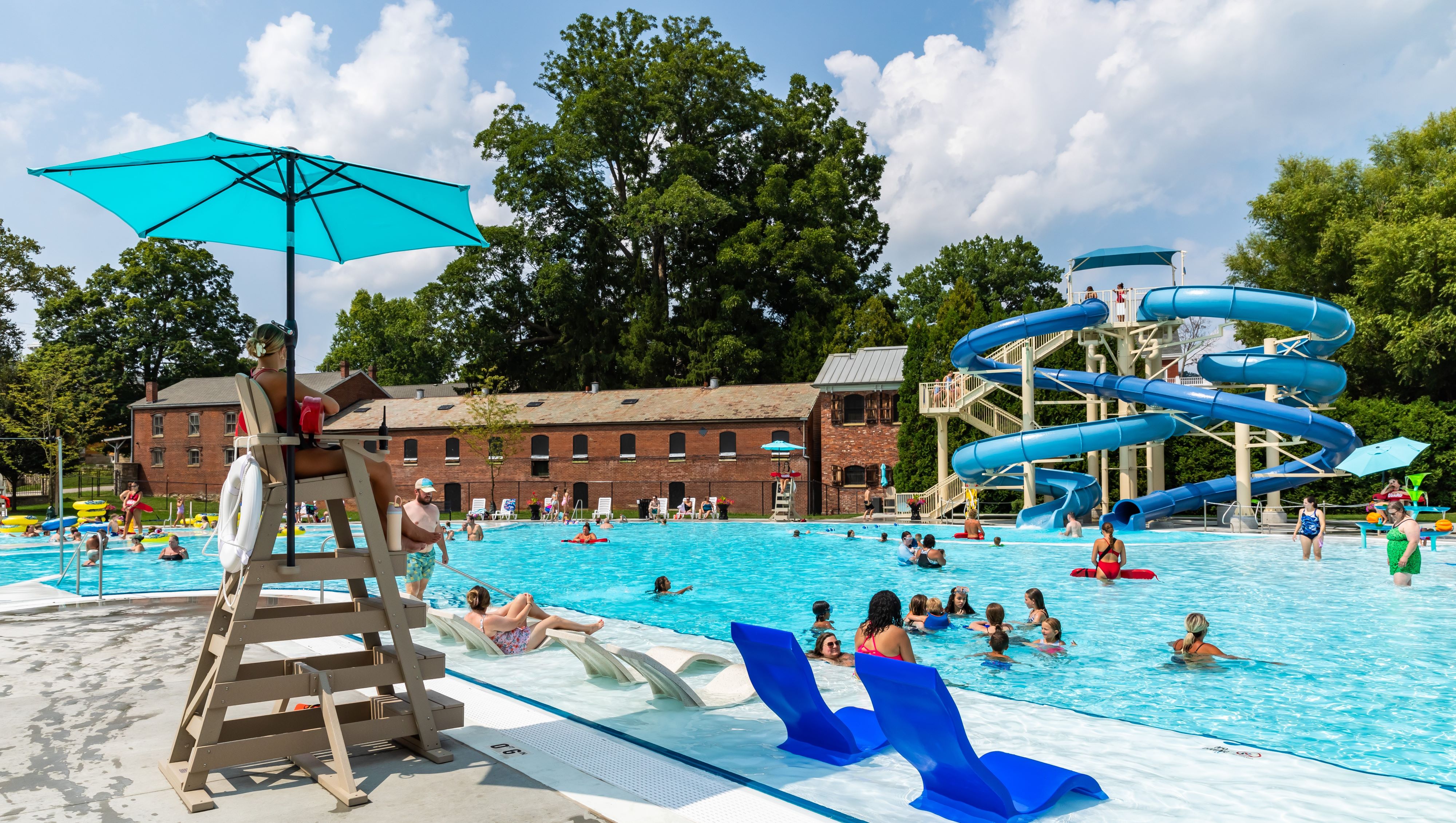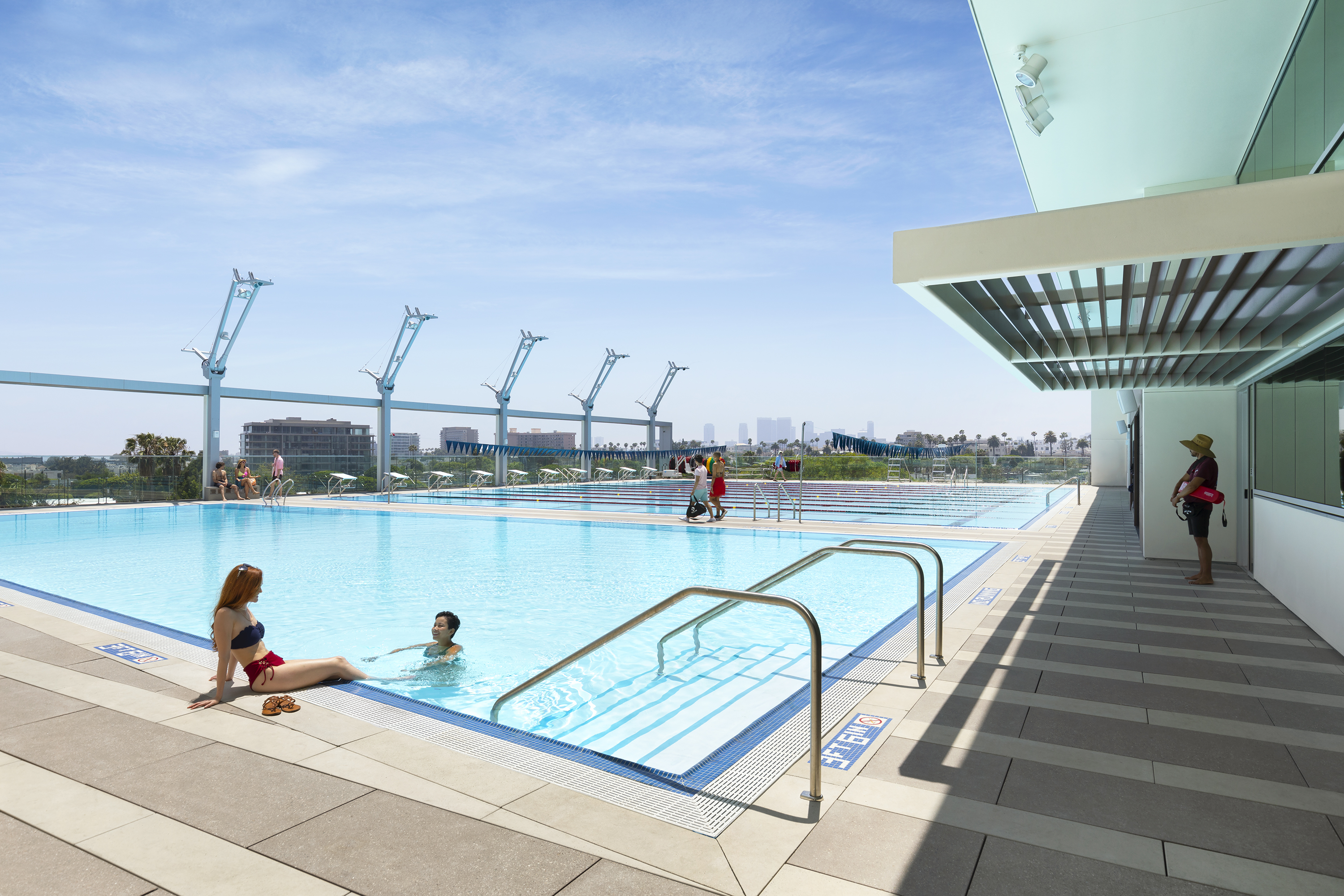Originally conceived as a fun hangout for the couple’s two boys, this aquascape ultimately morphed into an oasis for the entire family.
“The homeowners wanted to replace their vacationing with their backyard,” says Tom McNelis. “They wanted a place where the whole family could congregate.”
The parents also had a few specific requests. In addition to fiberglass, the project should be as green as possible, have a comfortable spot for shade, and feature a spa and ease-of-maintenance.
The early stages of the job served as a sort of testing ground as McNelis sought to incorporate an environmentally friendly and efficient heating mechanism. Borrowing a page from his concrete colleagues, he proposed a hydronic system. Also called radiant heat (and rarely seen on fiberglass installations), the technology provides consistent heating utilizing a half-inch line beneath the pool shell, McNelis explains.
A small boiler supplies the heat source, and water is fed through underground tubing, which is set about 12 inches apart down the length of the shell. “You just run water through those lines — it heats the ground, which in turn heats the pool,” McNelis says. “It was the first time I’d used it.”
Next came the negative edge. “The homeowners had never seen a negative edge before,” he says. “But they had this beautiful view off the one side of the backyard which made it a perfect setting.”
The property, while presenting few spatial concerns, did feature a four- to five-foot elevation change. There were multiple drops, McNelis says, and the pool area actually sat below the back of the yard. He built the gazebo and fireplace higher to function as a retaining wall.
With his clients favoring classic straight lines and hard angles, McNelis chose one of the newer shell models: the Elegance 33 (33’ by 15’) from Leisure Pools .
For the decking, the homeowners requested a non-skid surface with a high-end look. McNelis didn’t feel pavers were appropriate, and stamped concrete was too slick. The solution was travertine — about 1,500 square feet worth. The remaining 1,000 square feet of decking is traditional concrete.
“The homeowners wanted a lot of bang for their buck,” he says, “but they also wanted a few high-end products. Travertine was one of the more significant costs. But once they saw the difference, they had to spend the money.”
Elsewhere, the gas fireplace is comprised of real stone sliced thinly into laminated pieces, which McNelis’ crews mortared to a regular concrete block. Additional features include a deck-on-deck automatic cover and a pair of concrete lion’s heads (a personal touch, as the wife’s maiden name was Lyons) colored bronze to match the earthen tones of the deck and accented tile.





